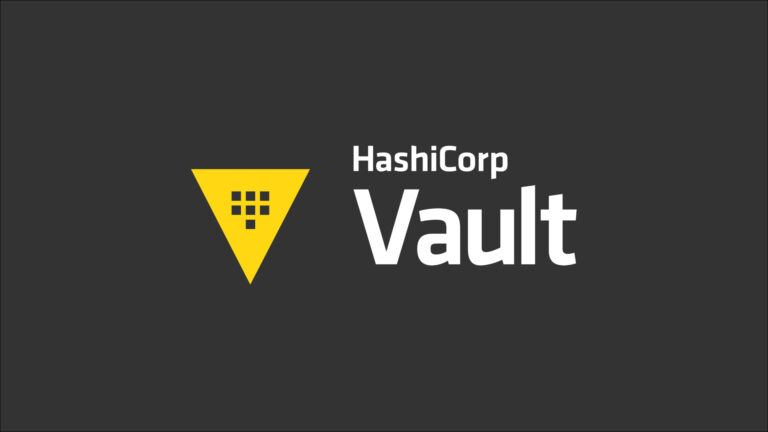How I Got Vault Certified in Just One Week—and the New Features It Unlocked for Me
Recently, I earned my HashiCorp Certified: Vault Associate certification, and let me tell you—it was an eye-opener! Even after using Vault for over a year, the certification prep introduced me to features and concepts I had overlooked or underestimated. This blog is a mix of my certification journey and the new Vault insights that completely changed the way I use it.
1️⃣ Entities and Identities: A Game-Changer for Policy Management
While preparing for the exam, I stumbled upon Vault’s Entity and Identity framework. Until then, I had been juggling multiple policies for different authentication methods. Turns out, there’s a much cleaner way!
With Entities, you can group multiple authentication aliases (GitHub, LDAP, AppRole) under a single user or system, applying policies directly to the entity. This dramatically simplifies managing policies for teams and systems.
👉 Learn more about Vault’s Identity features here.
2️⃣ Vault Policies: A Treasure Trove of Examples
I had been writing basic policies to grant access to secrets, but certification prep revealed how flexible and powerful Vault policies can be. The GitHub community has a goldmine of resources for crafting complex policies tailored to multi-environment setups.
🛠️ Here’s an example of a policy I now use:
path "secret/+/training/*" {
capabilities = ["create", "read"]
}
✅ Allows:
secret/dep/training/vaultsecret/yum/training/v2/prod
❌ Blocks:
secret/dep/trainingsecret/yum/training
👉 Explore these amazing Vault policy examples on GitHub.
3️⃣ Cubbyhole: Enabled by Default for a Good Reason
Before diving into certification prep, I never gave much thought to why Cubbyhole is enabled by default in Vault. Turns out, its core functionality—response wrapping—is one of the key reasons.
Response wrapping allows sensitive data to be securely shared by generating a one-time-use, time-bound wrapped token. This ensures that even if someone intercepts the wrapped data, they can’t access the content without the token. Cubbyhole plays a vital role in this process by storing the wrapped data securely until it’s retrieved.
👉 Learn more about response wrapping here.
4️⃣ Deleting Secrets: The Right Way
I thought deleting secrets was simple, but Vault provides three distinct commands with different effects.
- Soft Delete: Removes the latest version but keeps metadata for recovery.
vault kv delete secret/my-path
- Permanent Delete: Erases the current version entirely.
vault kv destroy secret/my-path
- Metadata Delete: Deletes all versions and metadata.
vault kv metadata delete secret/my-path
5️⃣ Authentication: Choosing the Right Method
Vault offers various authentication methods tailored to humans and machines. Managing these methods was an eye-opener for me. Here’s a quick breakdown:
| Human-Based Auth Methods | Machine-Based Auth Methods |
|---|---|
| GitHub | Token |
| Userpass | TLS |
| OIDC | AWS |
| LDAP | AppRole |
| Okta | Kubernetes |
🔗 Check all Vault authentication methods.
6️⃣ Vault Enterprise: A Treasure Trove of Advanced Features
Preparing for the certification led me to explore Vault Enterprise, and I was blown away by the depth of its capabilities. While open-source Vault is powerful, Enterprise takes it to a whole new level, especially for organizations running multi-tenant environments or requiring high availability.
Why Enterprise? Many organizations use Vault as a centralized service to manage sensitive data while ensuring strong tenant isolation. In multi-tenant setups, teams need their policies, secrets, and identities securely separated, not just for organizational security but also to meet compliance standards like GDPR.
Here are some of the standout features of Vault Enterprise:
- Namespaces: A must-have for multi-team setups, enabling isolated environments for different tenants. Teams can operate independently, with separate policies, secrets, and access controls.
- Performance Replication: Scales Vault to geographically distributed teams while keeping latency low by syncing only the required data.
- Disaster Recovery Replication: Guarantees resilience by maintaining standby clusters that can take over during an outage.
- Performance Standby Nodes: Enhances performance by offloading read-heavy workloads, reducing the load on the primary node.
- Automated Integrated Storage Snapshots: Simplifies backup and recovery by automating snapshots of Vault’s storage backend, ensuring consistent and quick recovery options.
- Lease Count Quotas: Helps manage and control the number of active leases per tenant, preventing runaway lease generation from impacting system performance.
- Transform Secrets Engine: Securely tokenize or encrypt sensitive data using advanced methods like FPE, masking, and tokenization, ensuring compliance and usability.
Conclusion
Getting certified in Vault not only taught me the fundamentals but also introduced me to its powerful advanced features. Whether it’s managing entities, writing effective policies, or deploying enterprise-grade solutions, Vault has something for everyone.
If you’re preparing for the certification, I highly recommend these resources:
Vault is a vast ecosystem with endless potential. Whether you’re just starting or have years of experience, there’s always more to learn.
